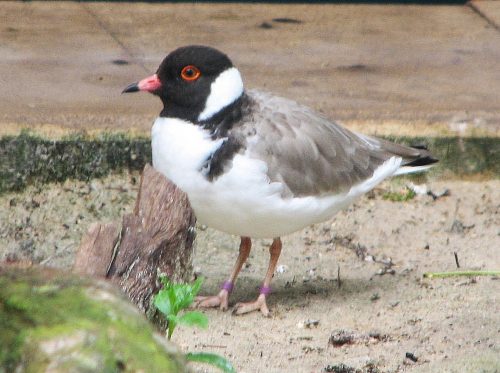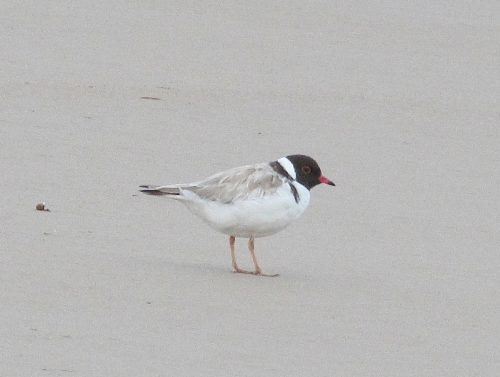A busy pair of Galahs
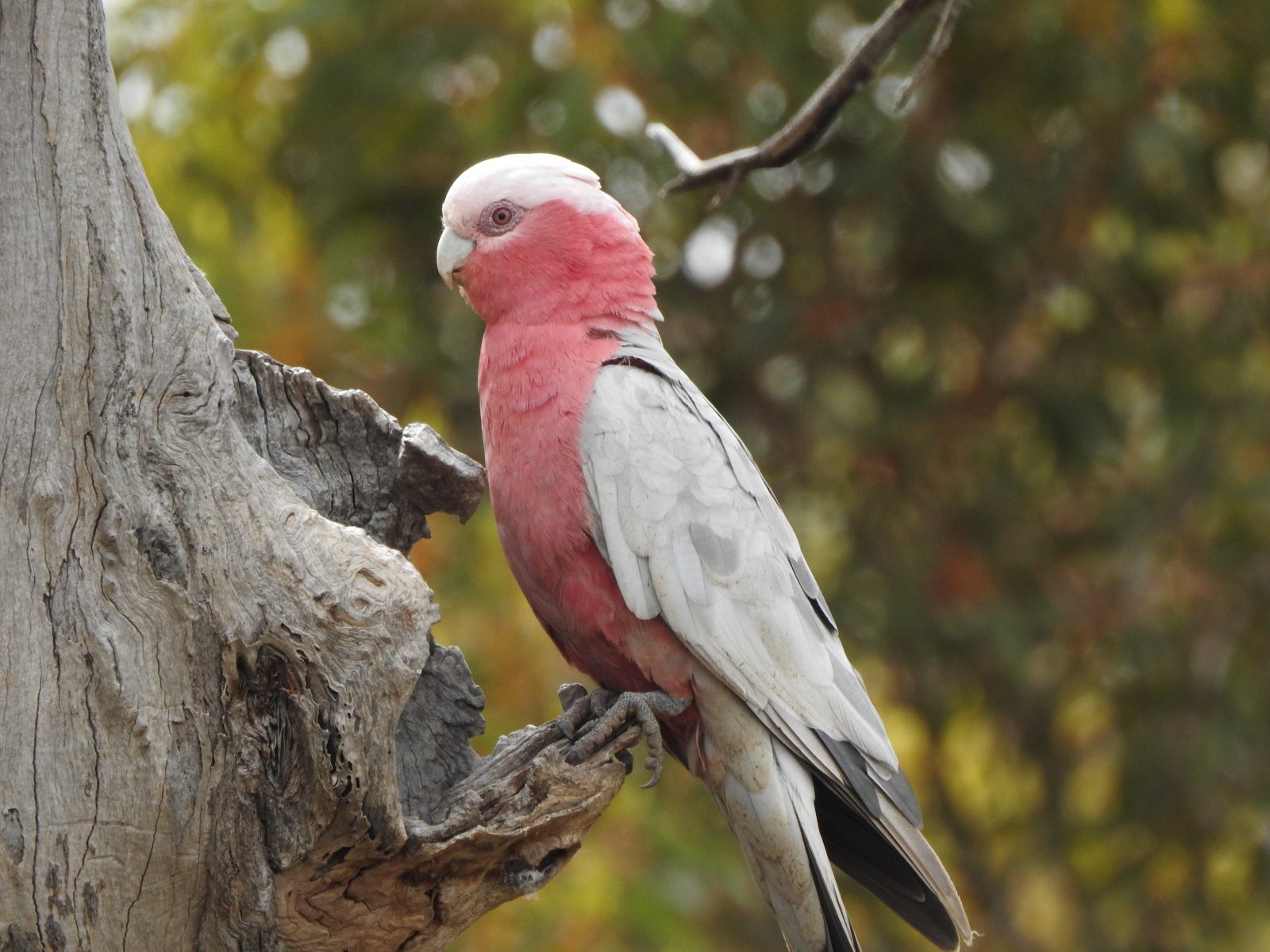
Resident nesting Galahs
I live on the edge of the rural city of Murray Bridge which is about an hour’s drive from Adelaide, South Australia. We are blessed to have a variety of parrots, cockatoos and lorikeets in the region. One of the common birds in this family is the Galah. I am sure that if I took a census of this species over a whole year, there would be very few days pass without seeing at least a handful of these lovely parrots either resting in the trees in my garden, or flying overhead. On occasions, I have even seen flocks of many dozens through to many hundreds. They are a very common species in this area.
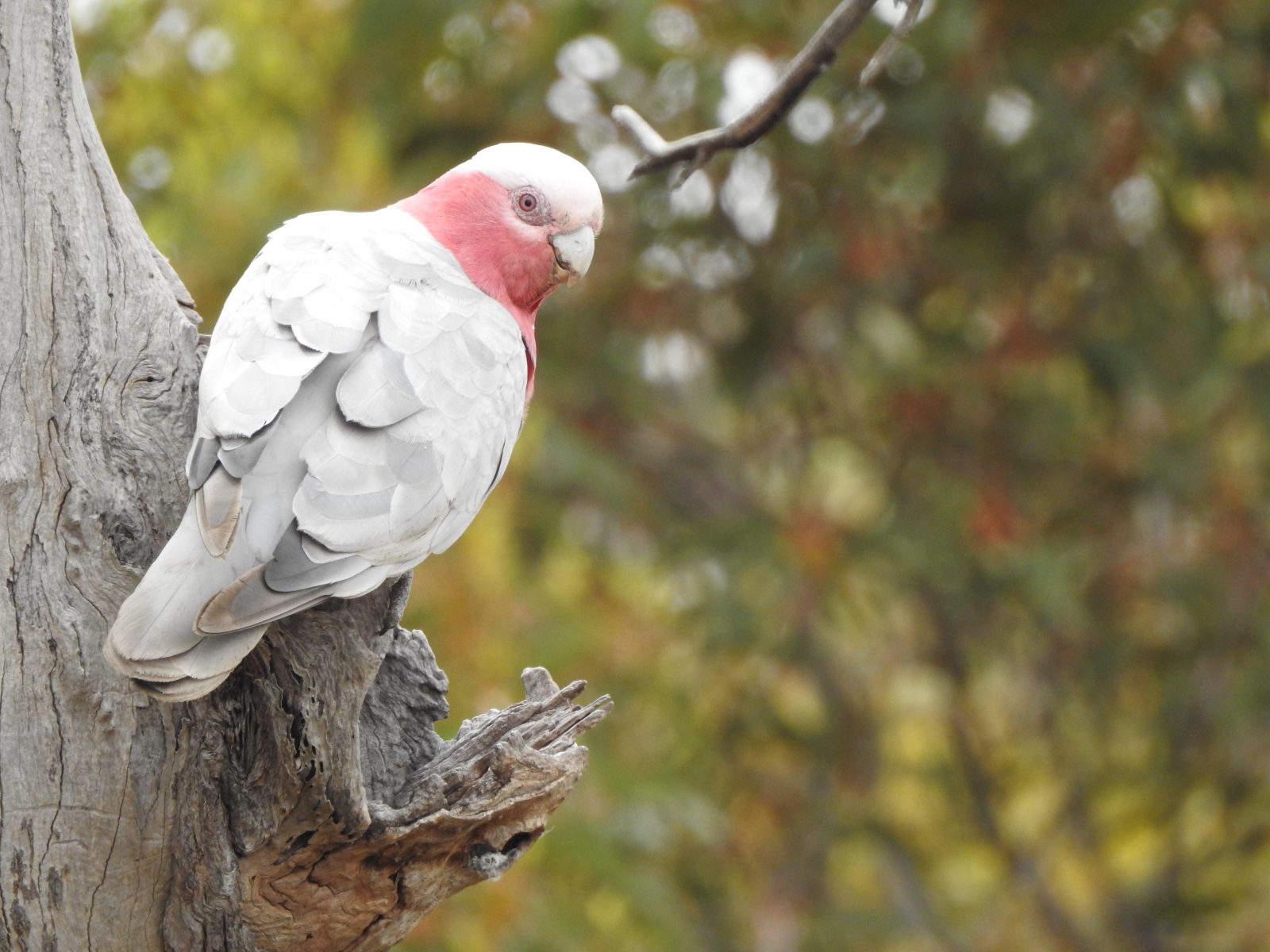
Easy birding
The photos shown in today’s post were all taken in my garden and all within a few minutes of each other. This hollow is in an old-growth mallee tree within about twenty metres of my back veranda. I have a comfortable chair located there and I enjoy sitting there reading – or just watching the birds all around. It is very relaxing and quite lovely that the local, resident birds just go about their activities while totally ignoring me. It also makes photography easy.
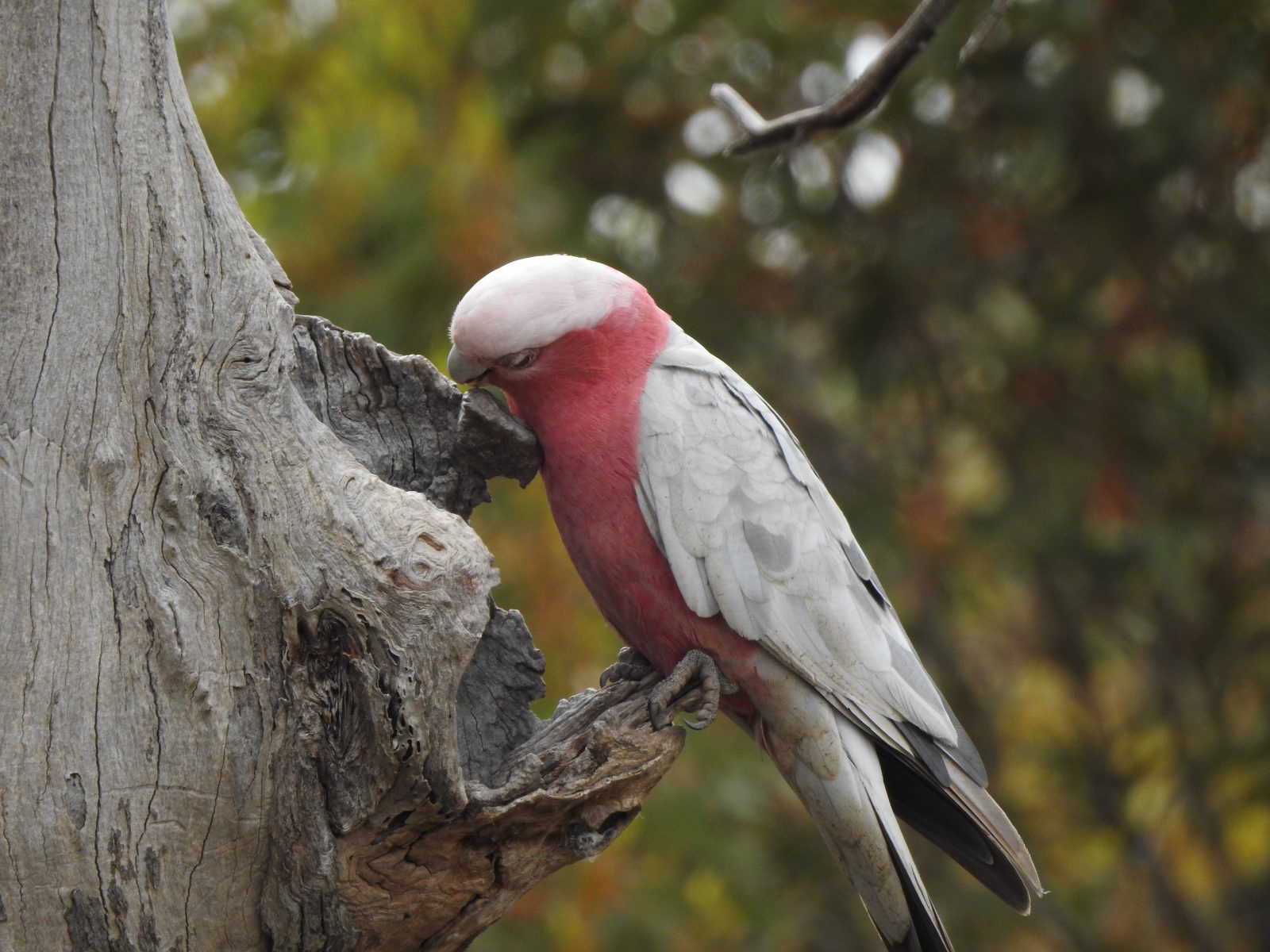
Nesting attempts
A pair of Galahs have been working at this hollow for some years. Then, about four years ago they started putting fresh eucalypt leaves in the hollow. I eagerly anticipated a nesting attempt but they abandoned their quest. About once or twice a day they would sit at the opening of the hollow and screech loudly into the hollow – then fly away.
Strange, I thought.
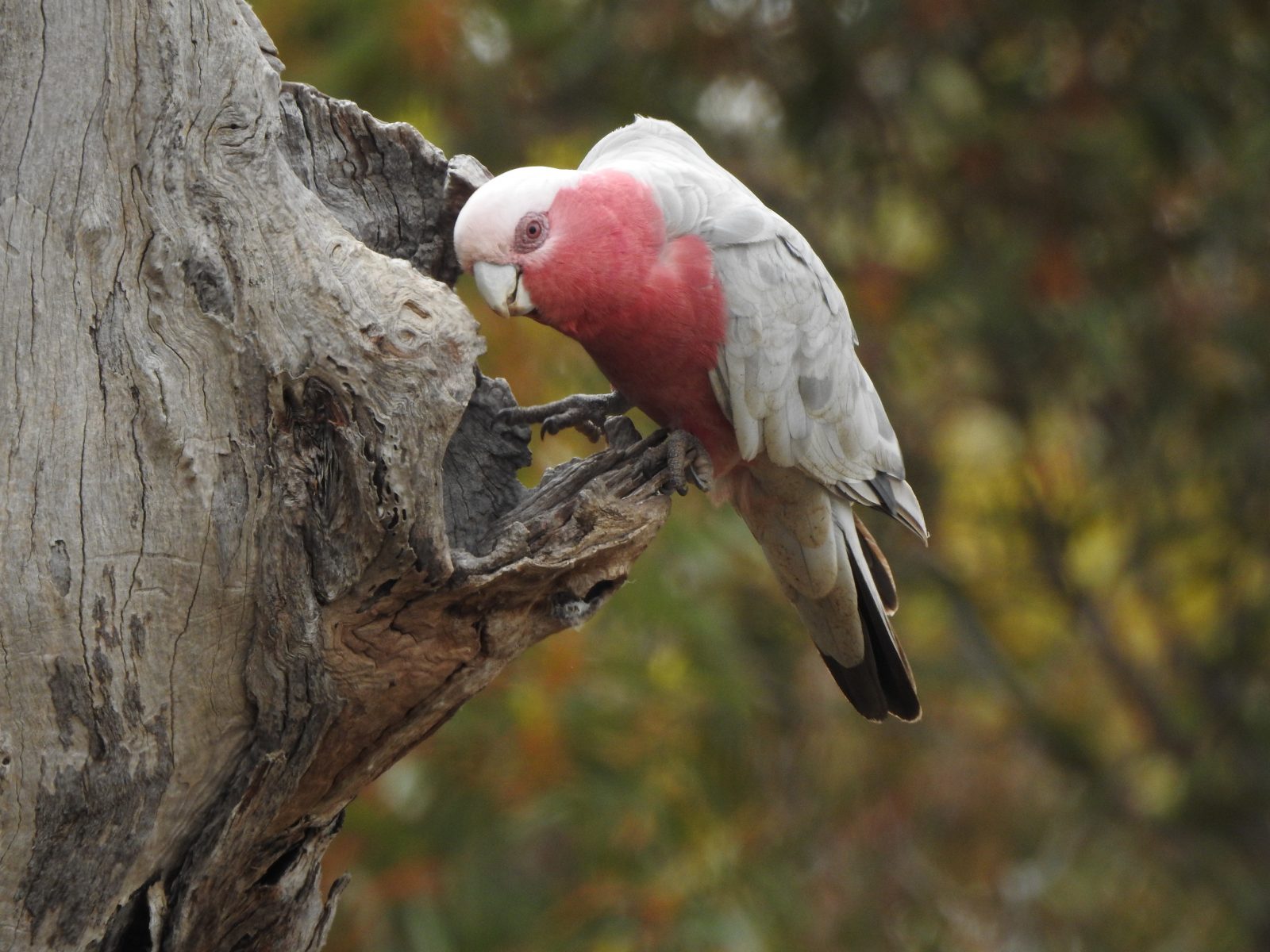
An interloper takes over
A few days later I discovered the reason why they hadn’t successfully nested in the hollow. I saw a Brush-tailed Possum coming out of the hollow. It had evicted the Galahs from their home. After some months I guess that the possum had moved on elsewhere. In fact, I haven’t seen one or heard one on the roof for several years now. So the Galahs returned to their home.
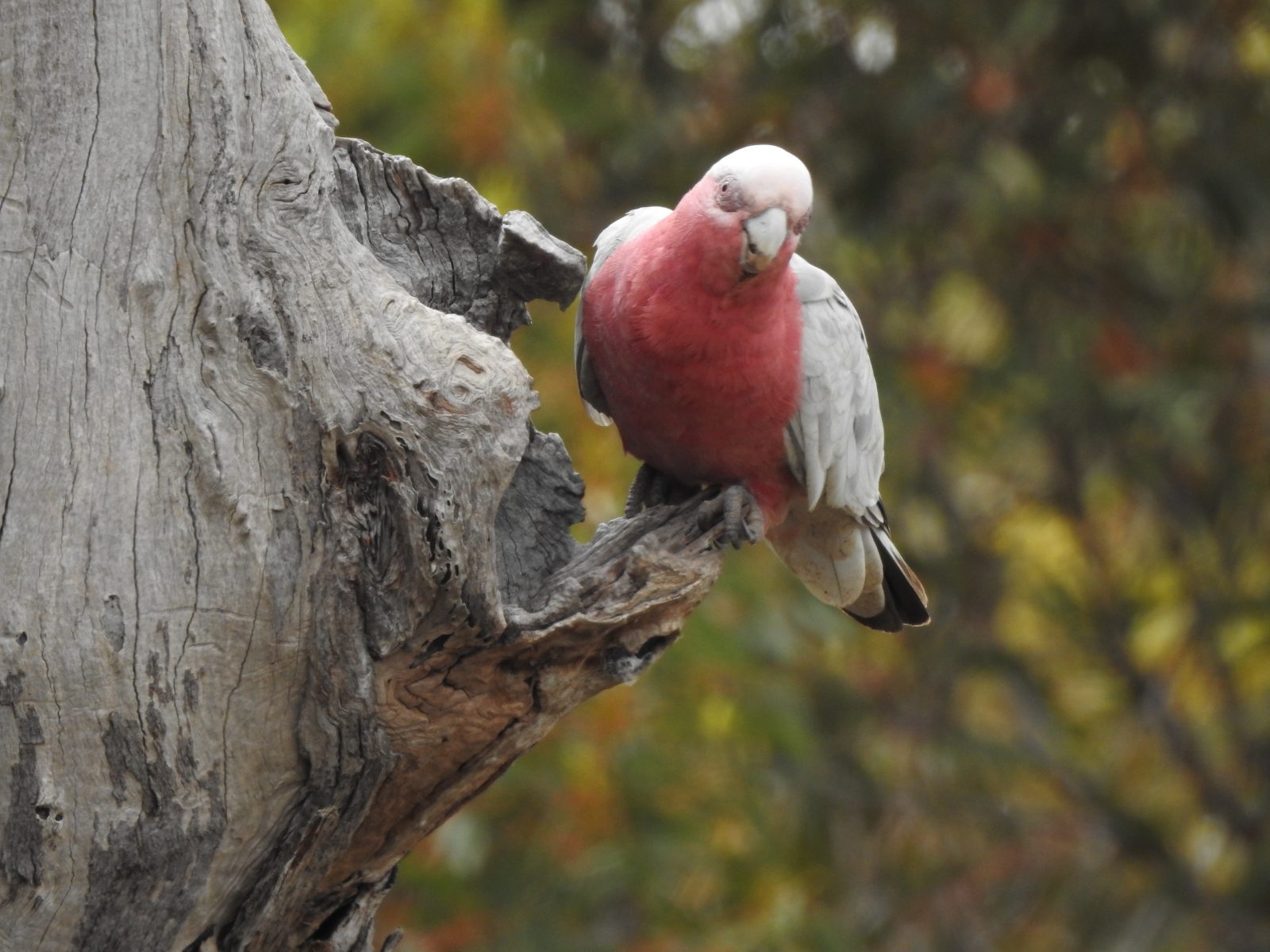
Success at last
During late winter last year they again started working on the hollow. During the next month or so they successfully laid eggs and raised their chicks which later fledged. This year they have again been successful. I didn’t manage to get a photo of this year’s chicks because they flew off before I could get a shot. Instead, I have included below a photo of one of the chicks from last year’s brood.
A few days after the two chicks fledged, they were precariously hanging on to the branches of the trees nearby, along with about a dozen other chicks from other parents. Most of them were calling to be fed, and as the parents came in to feed them I had a very noisy Galah nursery in my garden.
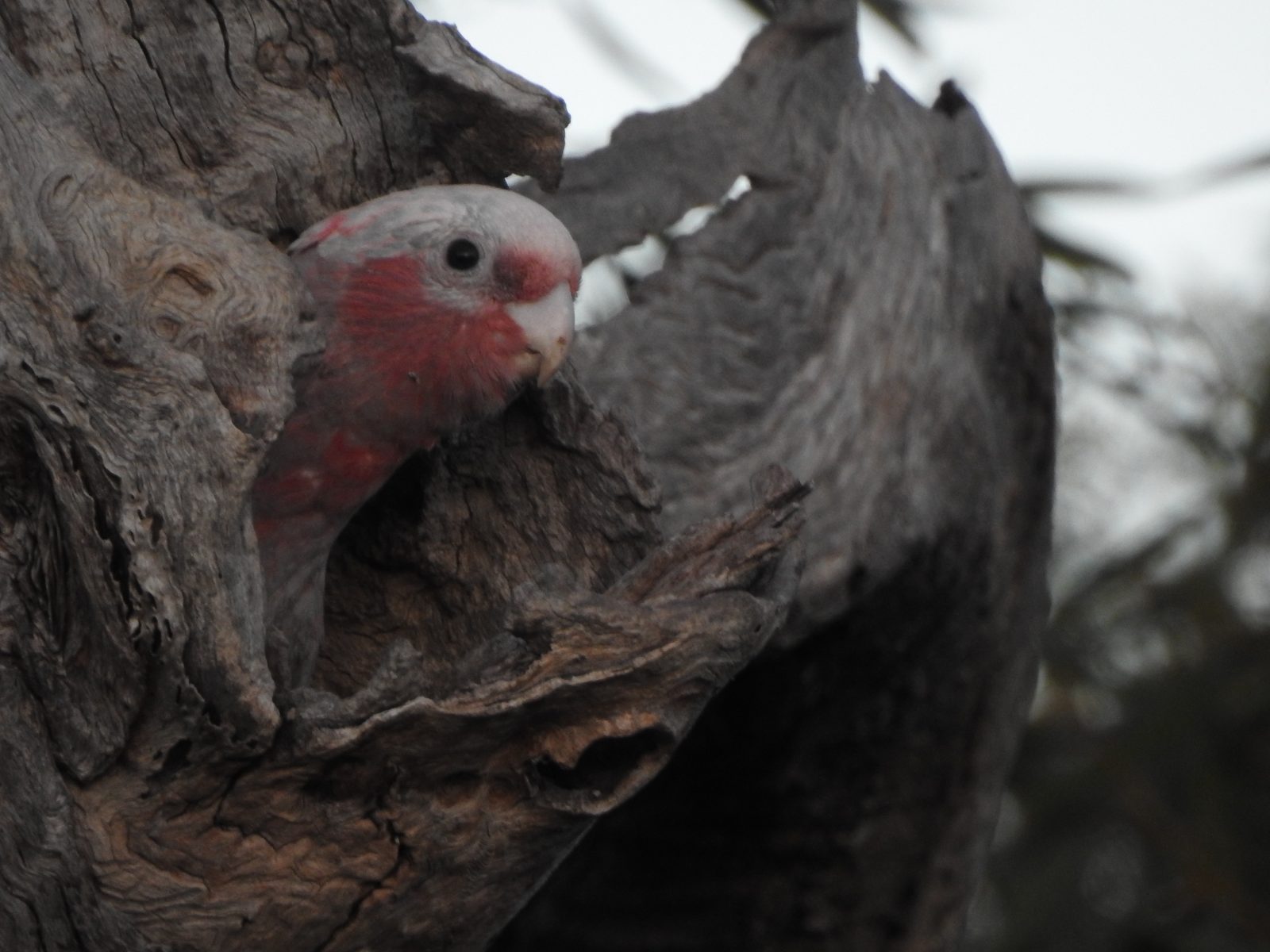
A Family of Currawongs
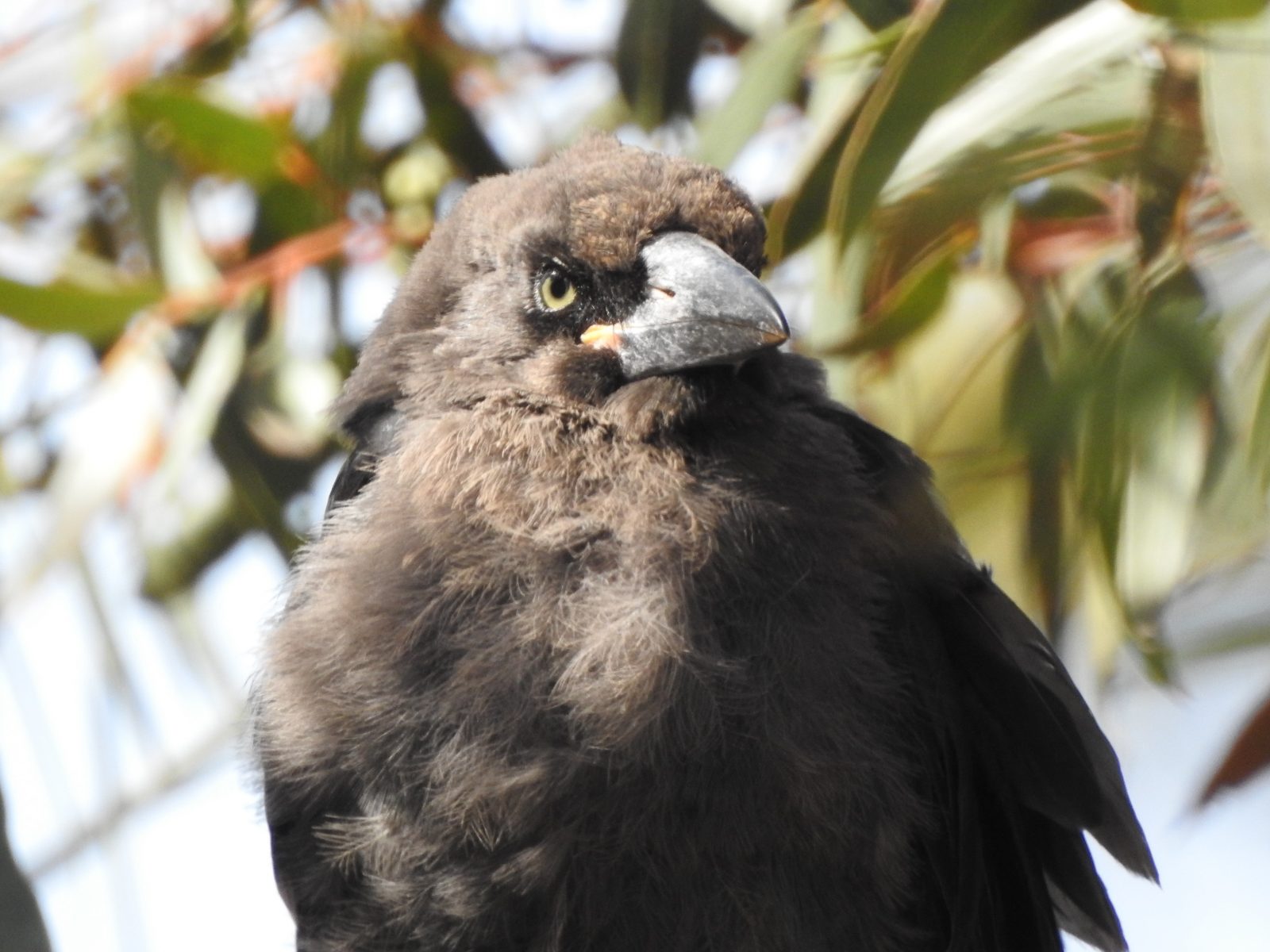
I find it interesting that I haven’t heard or seen many Grey Currawongs in my garden in recent months. I live on a five-acre block of mallee scrub, garden plants and a few fruit trees on the western edge of Murray Bridge, about an hour’s drive south-east of Adelaide, South Australia.
Occasional visitors
Currawongs are usually only occasional visitors to my garden despite the species being widespread and relatively common in this region of the state. I sometimes hear them calling up the hill from my home, usually around sunset. In past times I have heard or seen this species every few days. This year their calls and visits have been very infrequent until the last few weeks.
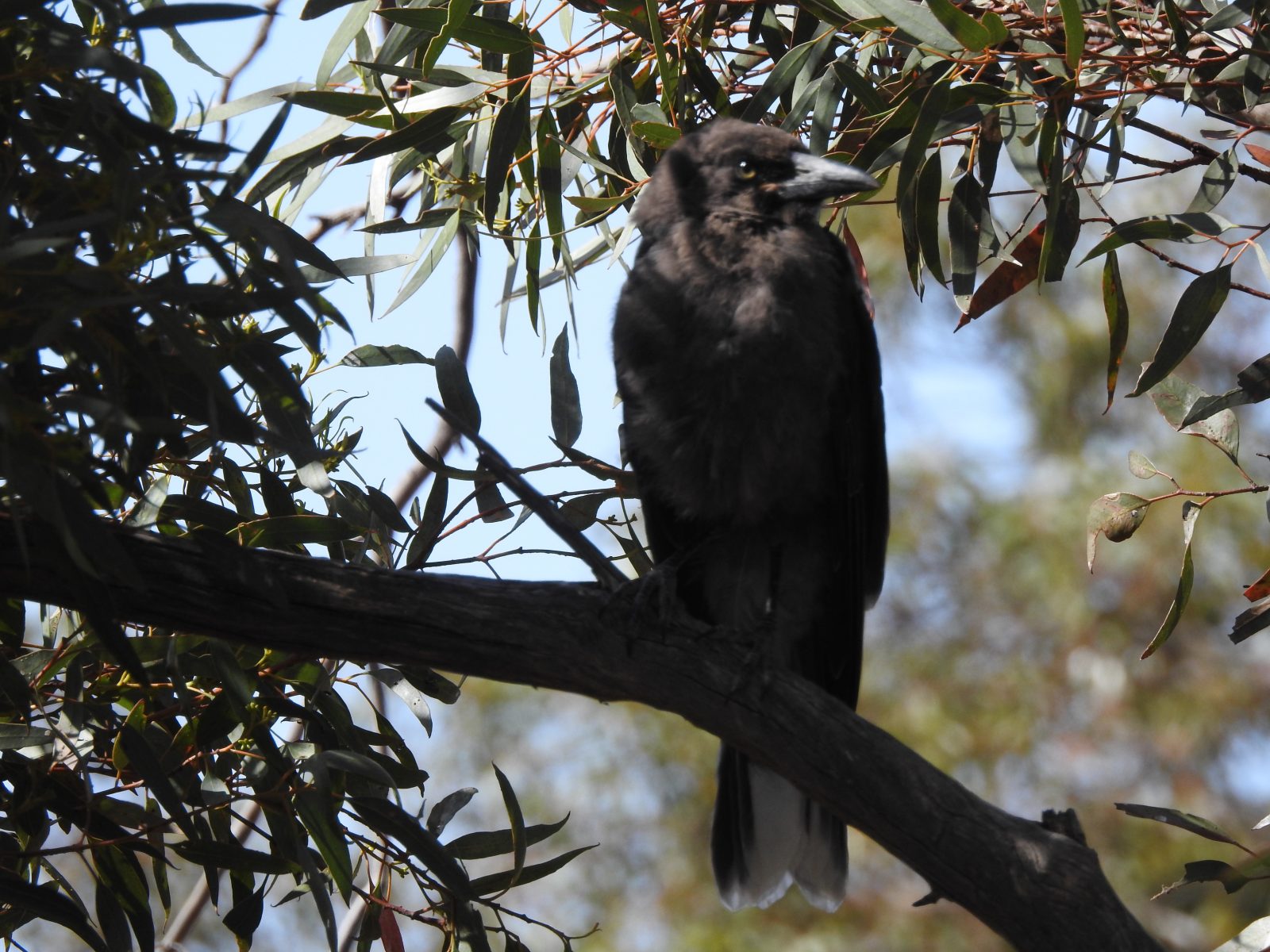
A family visit
A few days ago I was treated to a visit from a whole family of Grey Currawongs. I suddenly had four of them quite close to the house, one adult and three juveniles. The young ones kept begging for food while the adult was busily trying to satisfy the hungry tribe. The young ones had only just fledged and were still looking quite fluffy and a bit scruffy.
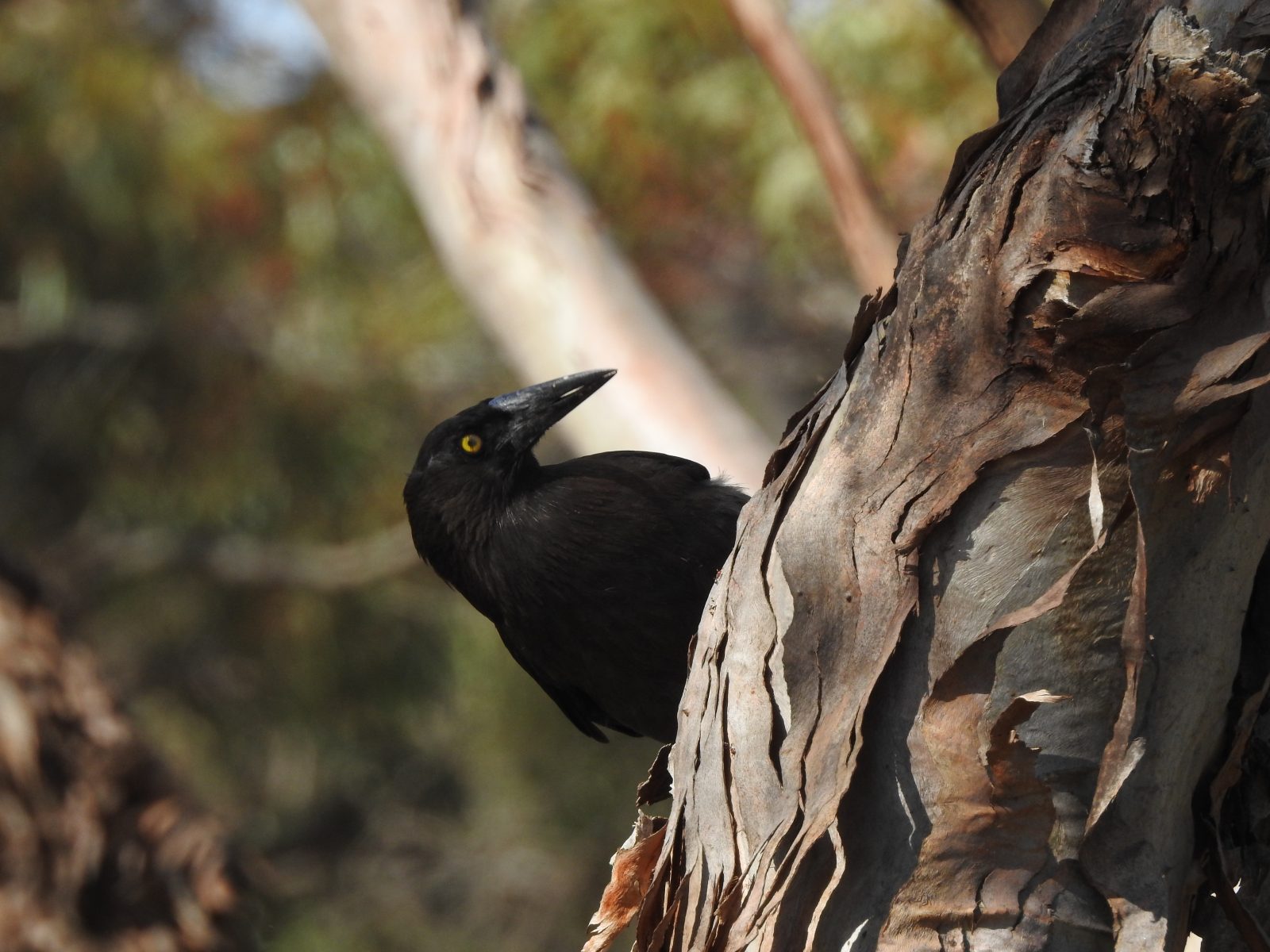
Upset local residents
With so many currawongs in a small part of my garden, it is not surprising that the local residents were quite upset. Currawongs are very quick to take advantage of a tasty morsel from another’s nest, not being fussy whether it is an egg or a chick. The local Magpie Larks were sitting on eggs just a few metres away. Their strident shrieking had little effect on the currawongs.
The local honeyeaters, Red Wattlebirds, New Holland Honeyeaters and a solitary Singing Honeyeater all kicked up a ruckus and the nesting Common Starlings joined in the protest as well.
After a few minutes the currawongs moved on elsewhere. Several of them have passed through my property in the days since, but the protests were much more subdued.
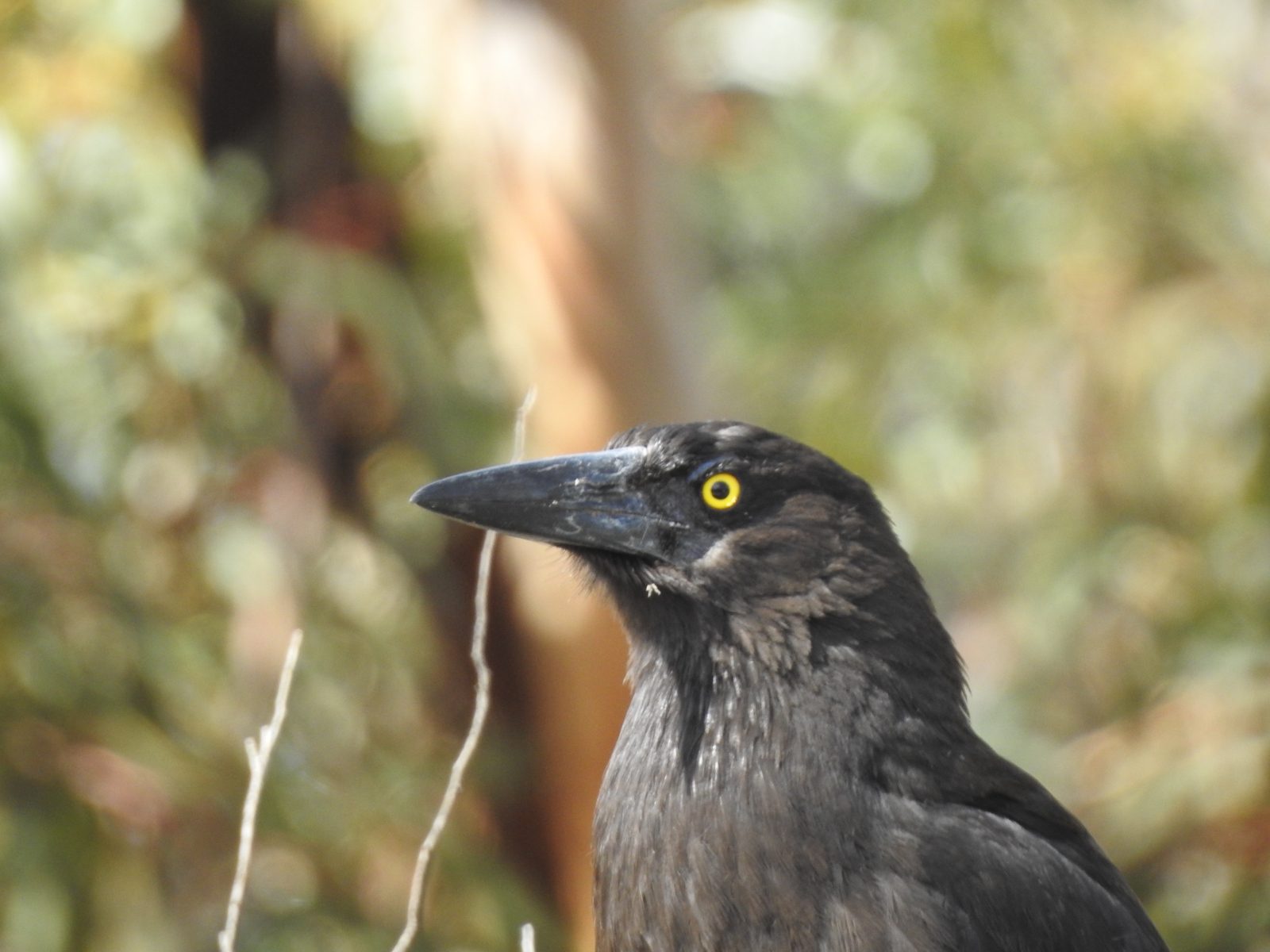
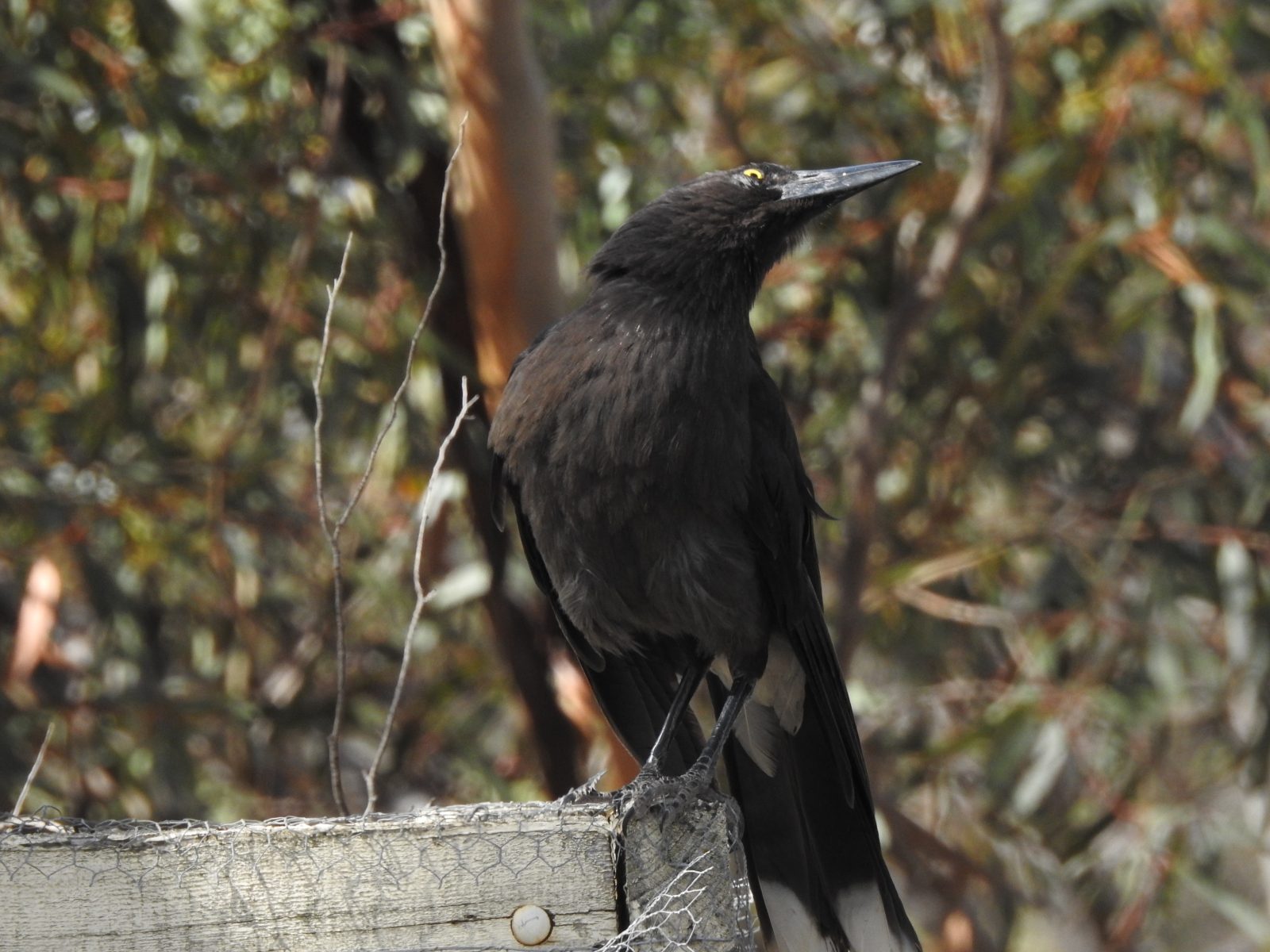
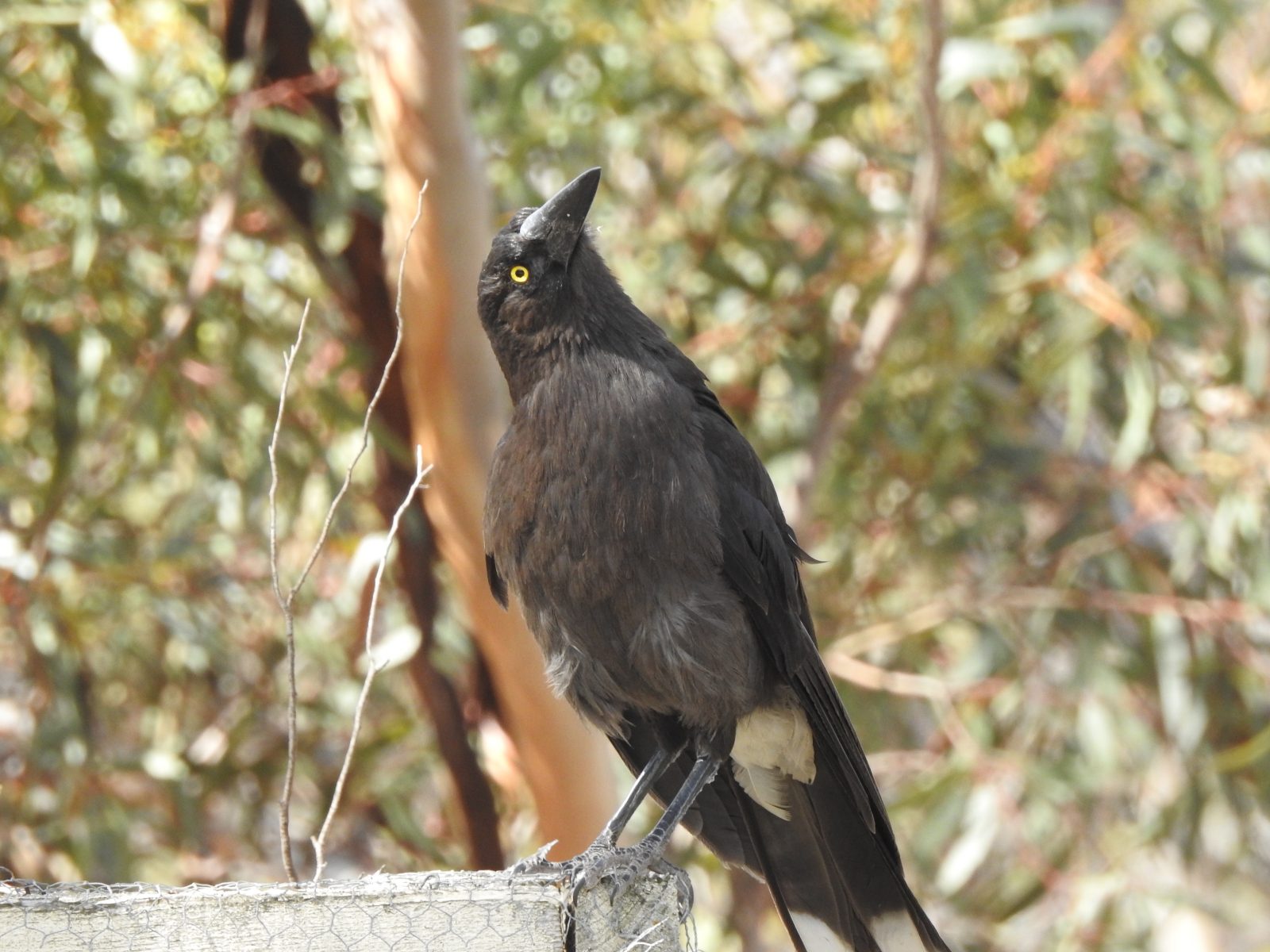
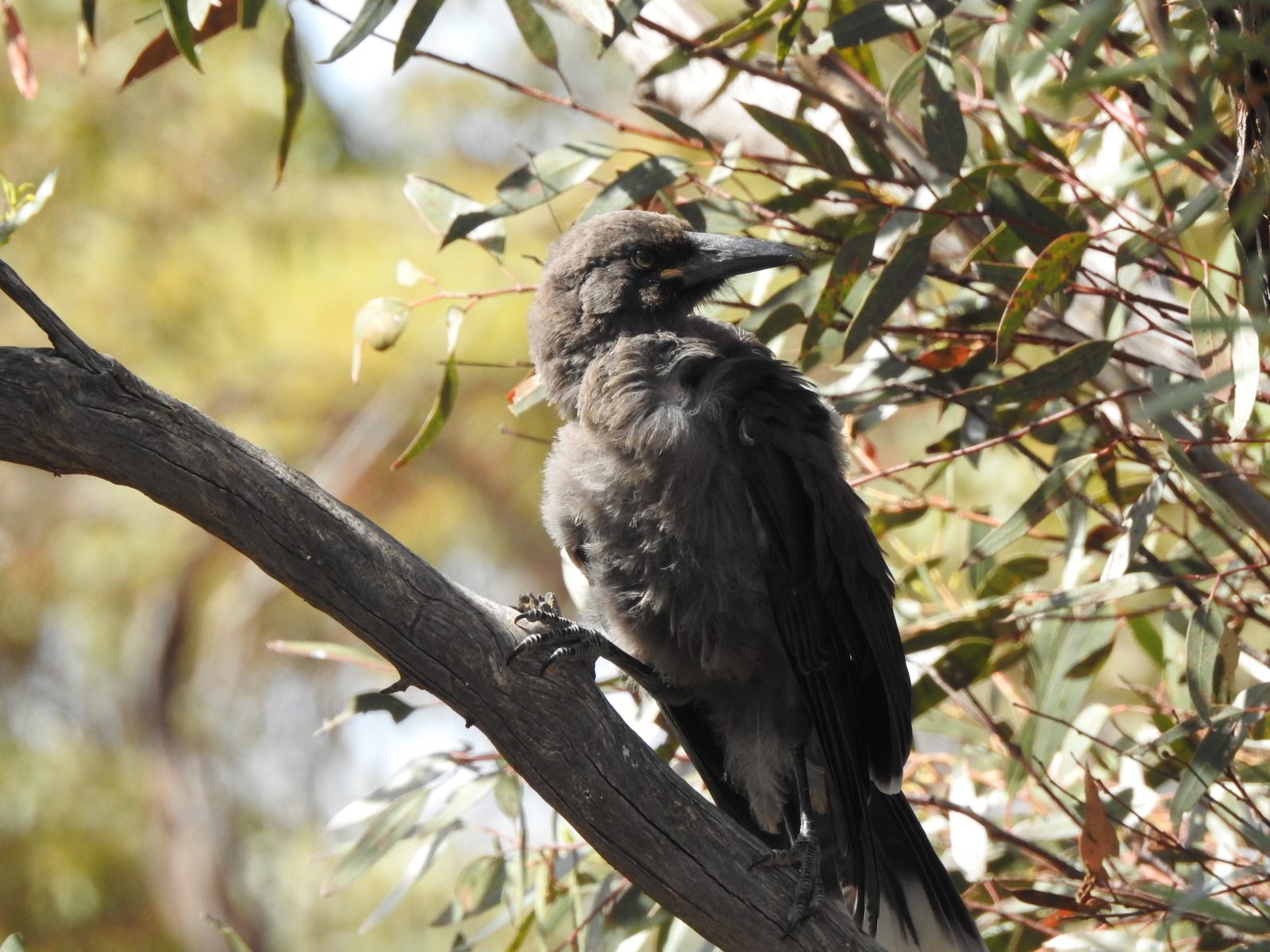
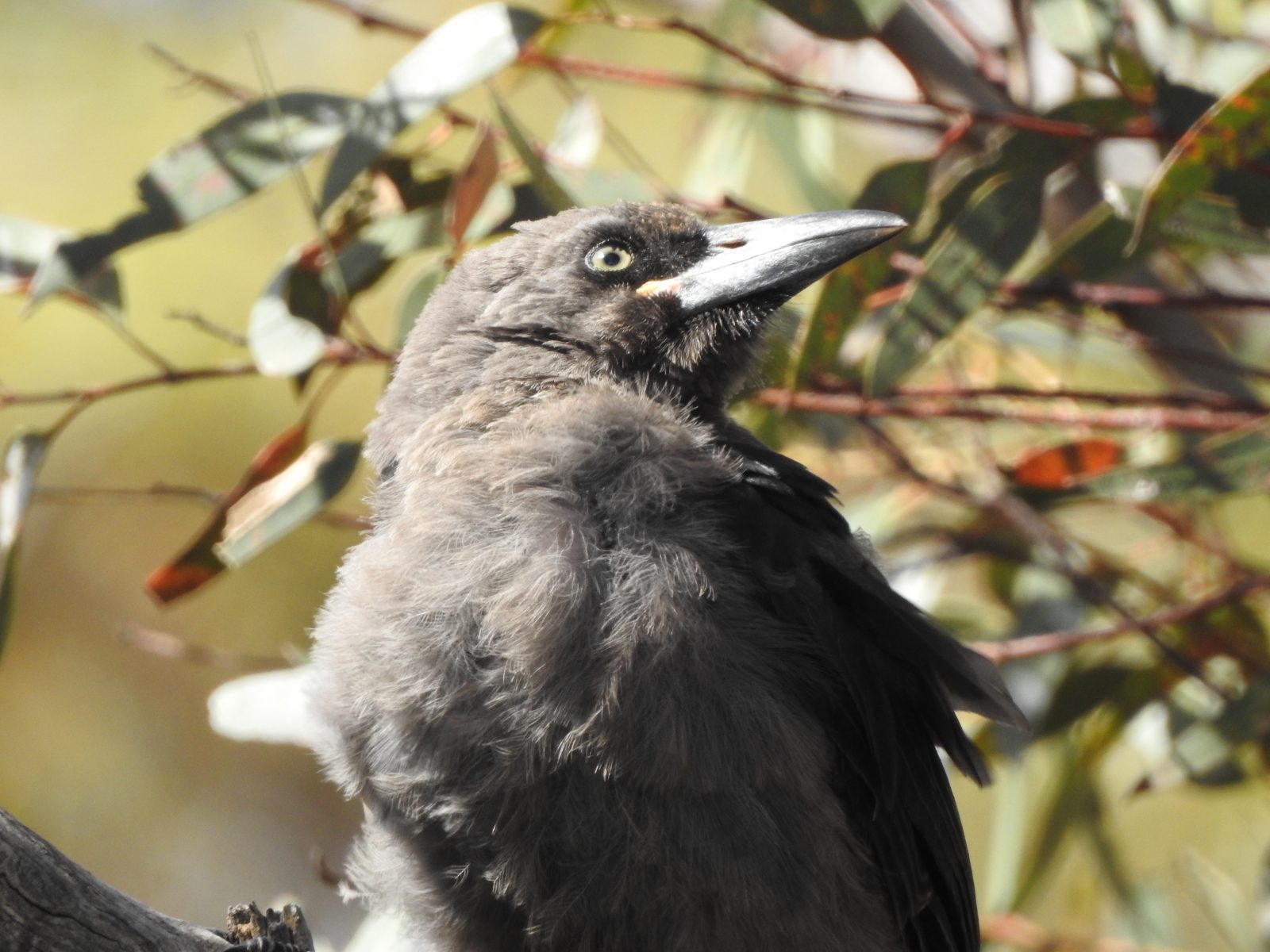
A house of mud
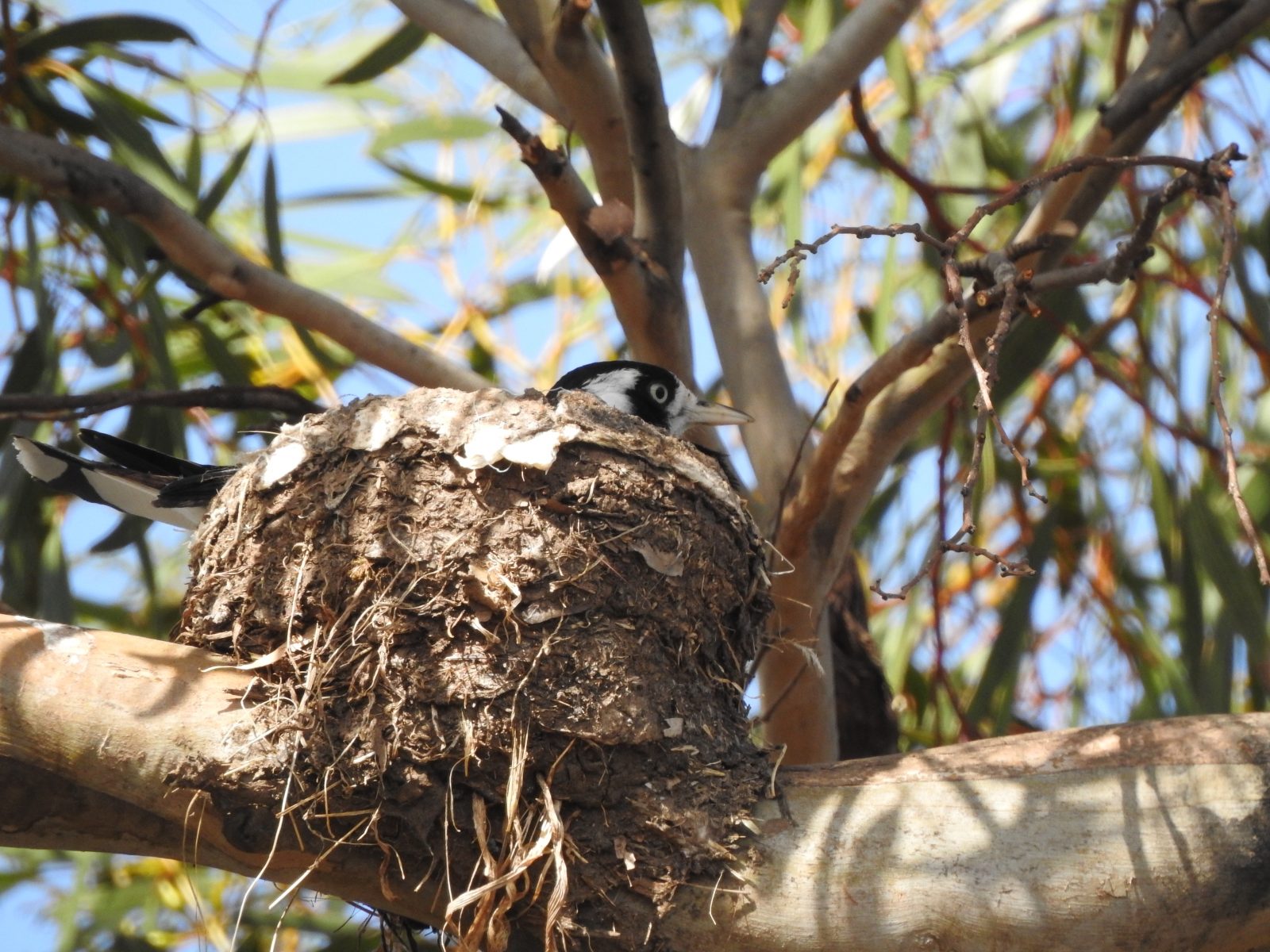
Magpie Larks’ nest
Magpie Larks are a resident bird species in my garden in Murray Bridge, South Australia. By “resident bird” I mean that I see them every day. The pair I have on my five-acre property on the edge of the town is also a breeding pair.
Magpie Larks are also known as Murray Magpies, Peewees (imitating their call), and Mudlarks. They are not magpies, nor are they larks. Confusing? Yep.
A cheeky falcon
This year they have nested twice. The first attempt was in a eucalypt tree next to my driveway. The mud nest was quite well camouflaged in the outer canopy of leaves – or so I thought. I found it very hard to get a photo of that nest because of the leaves and twigs nearby. Sadly, a very cheeky Brown Falcon flew in one day and took one of the chicks. Despite being chased by the parent Magpie Larks, the falcon got away with the chick in its talons.
A new attempt
Undeterred by the attack on the nest, the Magpie Lark pair tried again. This time they made their new nest in the tree near my back veranda. I could sit in my comfortable chair on the veranda and watch them build their new home. This took several weeks until they were happy with the result. Now they are sitting on eggs but I cannot tell how many; it is far too high for a ladder and it is not a good idea to disturb a bird sitting on a nest.
Guarding the nest
This time the pair of birds seems to be ready for anything. They chase off many different species who dare to come near. This includes a family of Grey Currawongs who came close a few days ago. Currawongs are not slow at taking what they want from the nests of smaller birds, whether that is eggs or young.
After their failure earlier in the season, I hope that this pair is successful in raising their chicks to maturity this time.
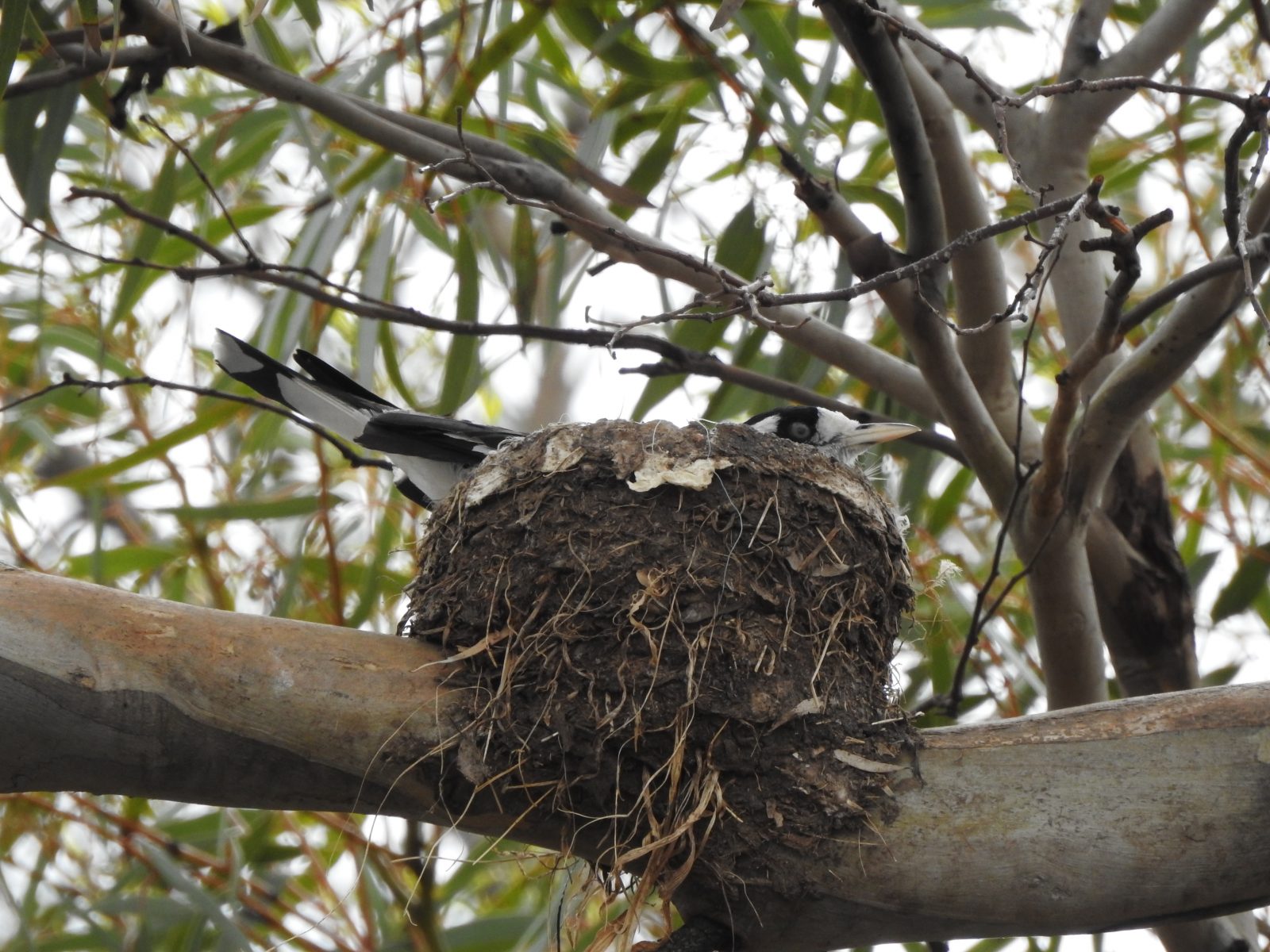
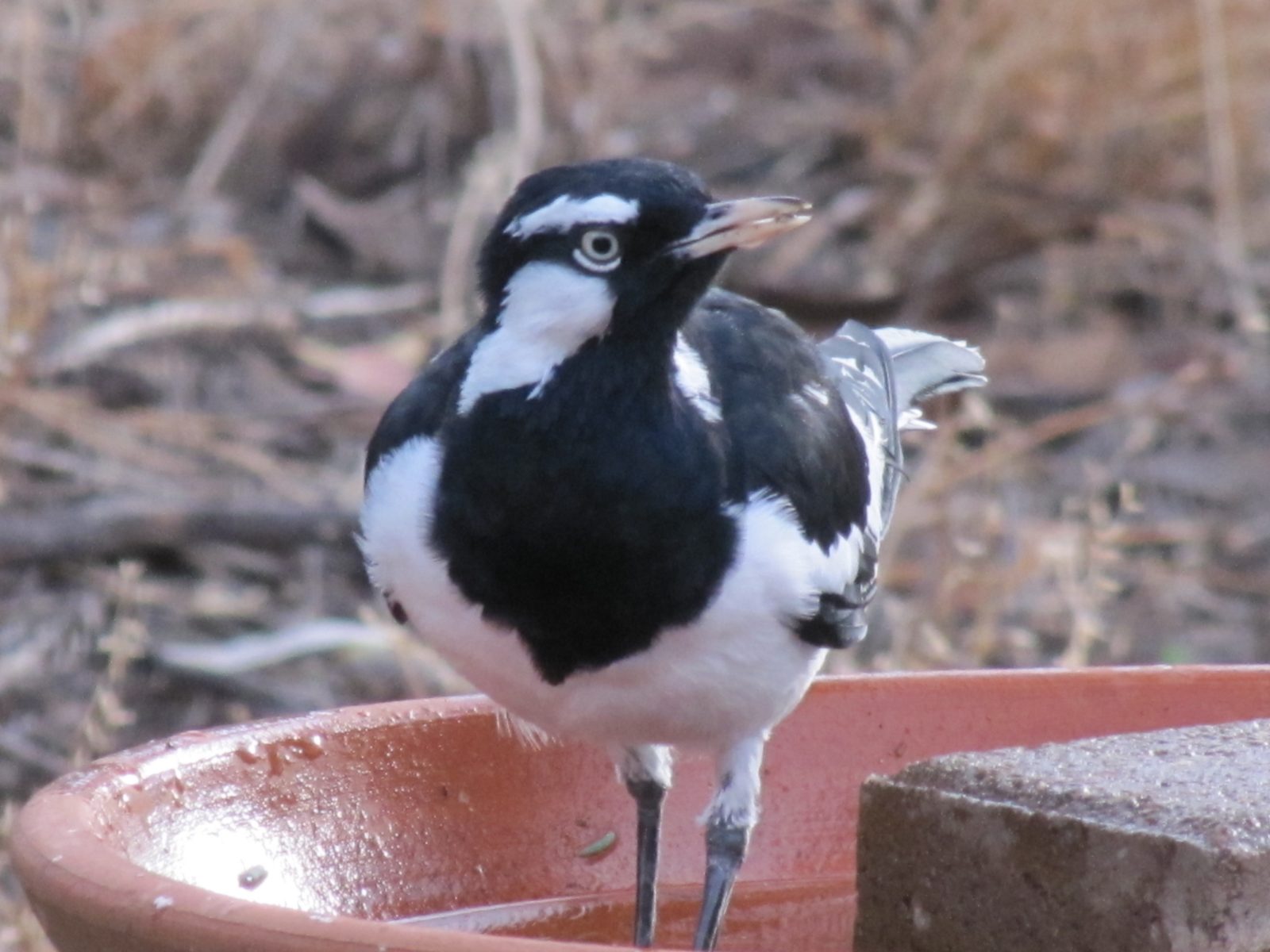
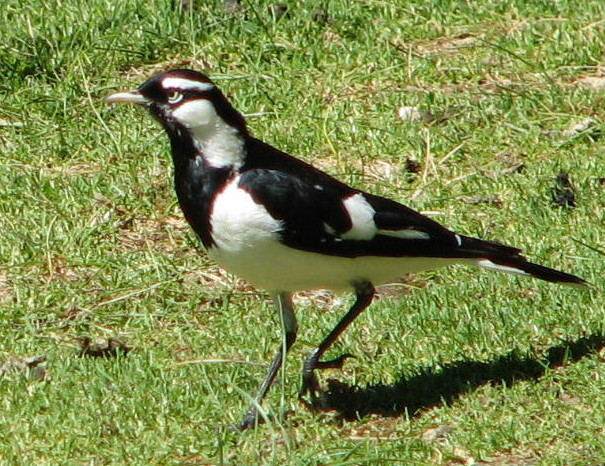
Baby Babblers
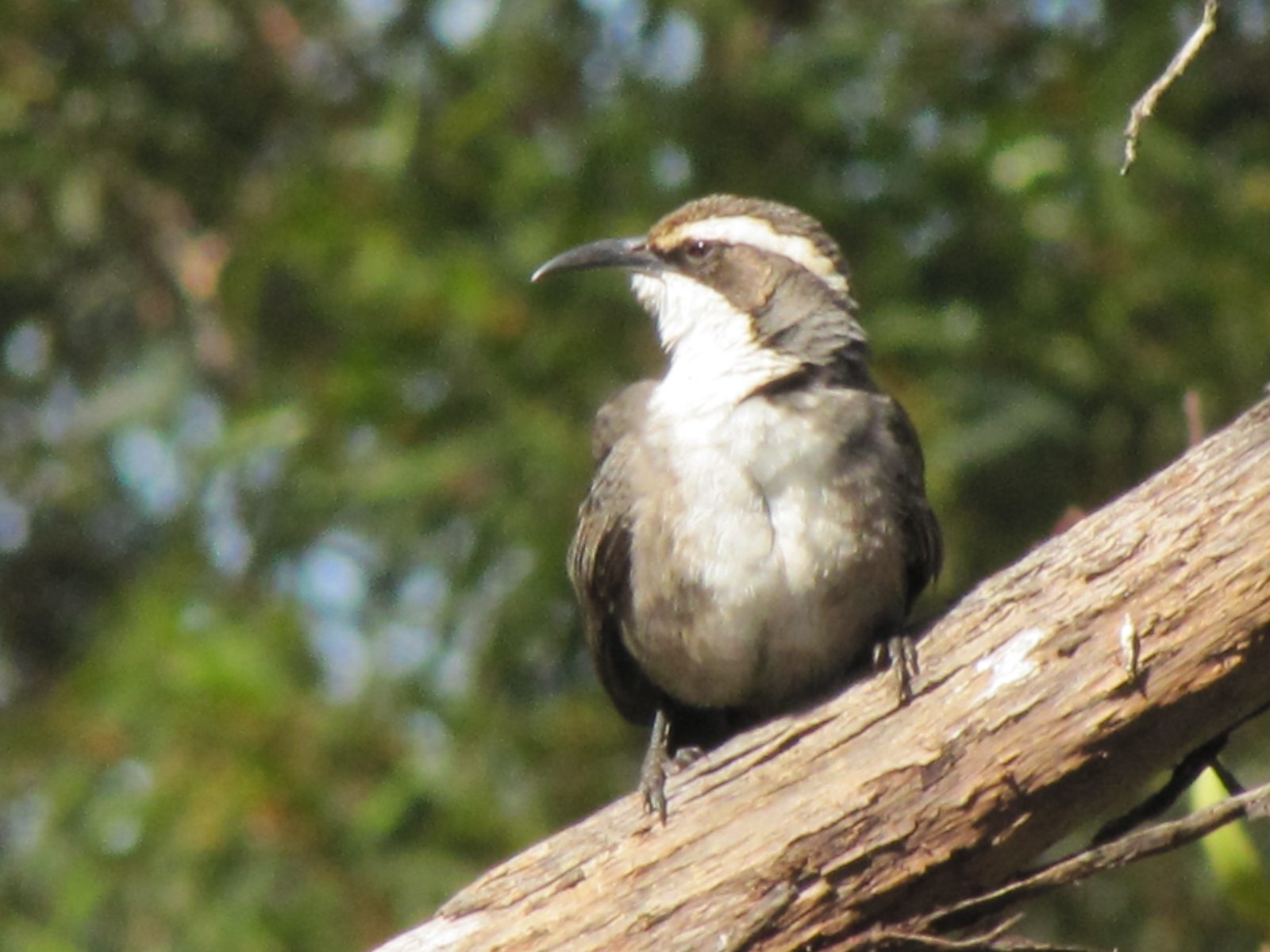
Over recent weeks there has been a family of White-browed Babblers (see photo above) constantly moving around my garden and five-acre block of land. I live on the edge of the rural city of Murray Bridge, an hour’s drive SE of Adelaide, South Australia.
I find that this species is an endearing one, with their constant hopping around on the ground, scratching at the dirt, or prying under the bark of the mallee trees surrounding my home. They move around in small family groups of four to six individuals, sometimes more. As they move around searching for tasty snacks such as beetles and caterpillars and insects, they keep up a regular mewing call, like miniature demented cats.
I suspected that they were nesting somewhere, but a search of the bushes where I had seen them flying to were bare of any nests. I thought that might have been keeping the site of a nest as secret as possible. This was good news because I occasionally see a feral cat moving about the property. I discourage cats from moving about nearby by chasing them off, usually followed by a stone thrown at them. They don’t know that they are really in no danger; my stone-throwing abilities are somewhat deficient.
A few mornings ago I went to get something from the garage. As I opened up the door, I was aware of a frantic fluttering nearby. This was followed by several plaintive cheeps something like the call of the babblers. I looked over the nearby fence. Two recently fledged baby babblers were clinging on to the wire of the fence, flapping their wings and trying not to get blown away by the strong wind.
It was obvious that they had only a short time before left the nest. Their tails had not fully grown and they had trouble balancing on the shaking fence wire. I can’t show you a photo because I didn’t have my camera with me. They only lingered there for a few seconds before launching into a haphazard flight path away from where I stood. I hope that they soon adapt to their new freedom.
Further reading:
An appeal to save our Hooded Plovers
Here in South Australia, there has been some interest generated in the media in recent weeks about the plight of the Hooded Plover. A pair of this species was found to be nesting on one of our popular beaches. There was much concern over protecting the eggs from damage or predation.
This tiny bird is widespread along the coast of South Australia and all of southern Australia, including Tasmania. Nowhere is it common, and everywhere it is threatened. It is estimated that fewer than 2500 of these lovely birds exist. And during the summer months, when they nesting, they are most vulnerable.
During the summer months, when they nesting, they are most vulnerable. They make their nest by making a small depression in the beach sand. In this hollow, they lay and hatch their eggs. Surveys have shown that as few as only 2.5% of eggs actually make it to adulthood. That is a shocking statistic; it is NOT a typo.
The eggs can be damaged in many ways:
- The eggs can be trampled on by people, dogs, horses or vehicles (we still have some beaches with car access here in South Australia – all in Hooded Plover nesting areas).
- Overheating when the eggs are exposed to the burning sun after the adult is scared from the nest.
- Eggs left too long and becoming too cold without the warmth of the adult sitting. This also happens when the adult is chased from the nest by the presence of humans, dogs, and other animals.
- The eggs can also be taken by predators such as foxes, cats, ravens, magpies, gulls and eagles.
If the eggs survive to hatch, the young can die:
- By being run over by vehicles, or stepped on by humans.
- Eaten by predators like foxes, cats, and birds of prey.
What you can do
You may be thinking that you can’t do much to save these, and other, threatened birds.
Think again.
Just by being aware of our wildlife when you go to the beach this summer, and drawing the plight of birds like the Hooded Plover to the attention of family, friends and other beach goers, you can do your bit to save them for future generations.
Donate
I don’t often make appeals for money on this site; in fact, I am sure I have never done so. This is different. Birdlife Australia is running a special appeal for these little birds this summer. You can donate here.
Become a Member
Why not become a member of Birdlife Australia? I have been a member for many decades. They pour large amounts of money into bird conservation, advocacy and research. Membership also provides you with discounts on a range of products and services, and you get their colourful quarterly magazine as well. You can join here.
Further reading:
Good birding,
Trevor
